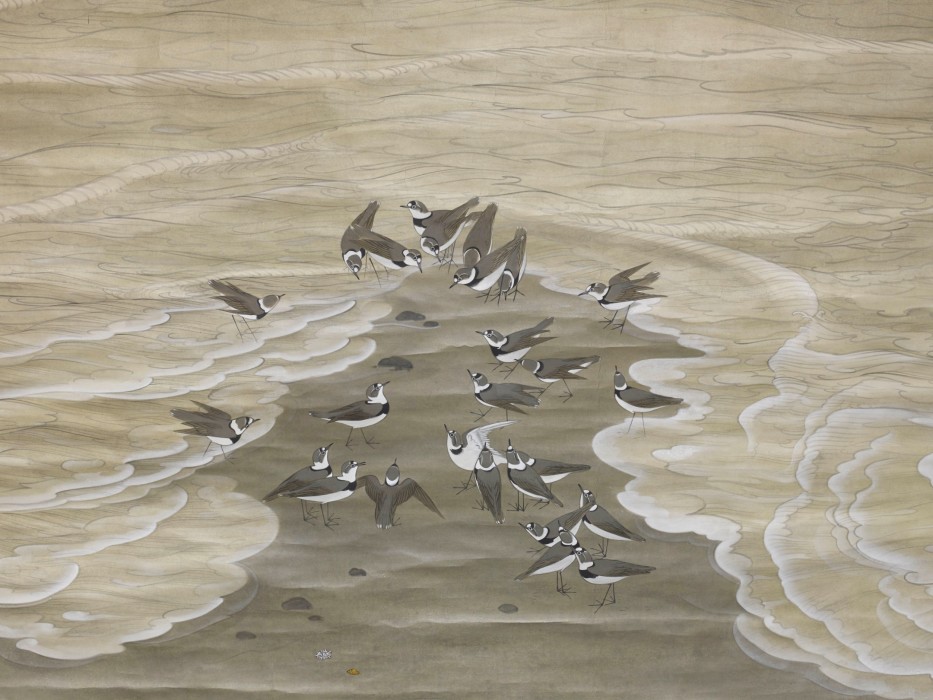Product Description
7372 A paper kakemono (hanging scroll) painted in ink and colour with a skull and a branch of sakura (cherry) in full bloom.
Signed: Gyōtei
Seal: Gyōtei
Japan 19th/20th century Meiji/Taishō period
Dimensions:
Scroll: H. 74¼” x W. 22¼” (188cm x 56cm)
Painting: H. 38¼” x W. 14¾” (97cm x 37cm)
Mano Gyōtei (1874-1934). Born in Tokyo the son of Mano Gyōryu (dates unknown), a keen painter who studied with Kawanabe Kyōsai (1831-1889). Gyōtei enjoyed painting from childhood and in 1884 when only ten years old he was first introduced to Kyōsai by his father. A few years later in 1893 he began his studies under his father’s master. Gyōtei was regarded as a talented young painter and his excellent draughtsmanship enabled him to sketch theatrical scenes and design stage sets for famous theatres such as Kabukiza Theatre.
Works by the artist can be found in the collections of: Minneapolis Institute of Art, Minnesota; Kawanabe Kyōsai Memorial Museum, Saitama; National Noh Theatre, Tokyo; Ruth and Sherman Lee Institute for Japanese Art at the Clark Centre, California
Depicted here are cherry blossom and a skull – both are symbols of the transient nature of this world and human life. Since the Heian period, cherry blossom has been revered by the Japanese for its natural beauty and grace, the fragility of its delicate blossoms and their brief time in full bloom illustrating the transience of life. The skull is also a reminder of our immortality and represents the concept of emptiness, a cornerstone of Buddhist philosophy.









